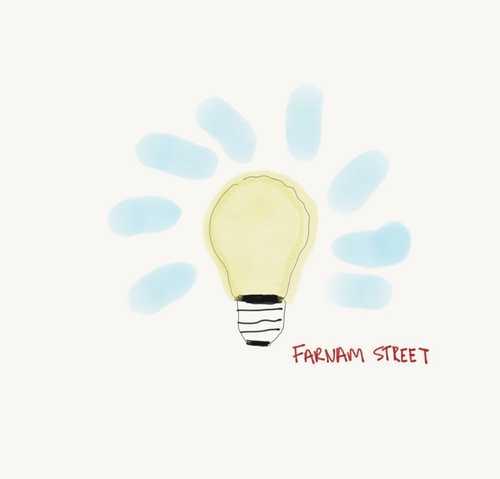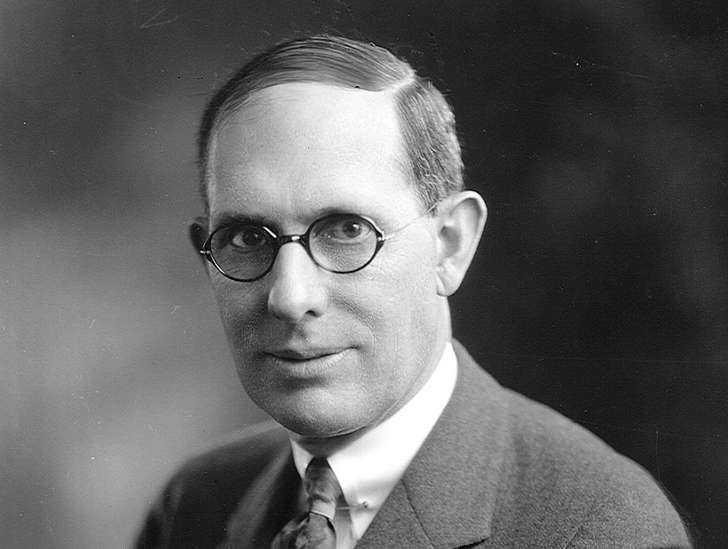Warren Berger's Three-Part Method for More Creativity - Farnam Street
Curated from: fs.blog
Ideas, facts & insights covering these topics:
9 ideas
·871 reads
18
Explore the World's Best Ideas
Join today and uncover 100+ curated journeys from 50+ topics. Unlock access to our mobile app with extensive features.
Asking The Right Questions
If we want to do things that haven’t been done or learn things that have never been learned — in short, be more creative — we must learn to ask the right questions, ones so good that they’re half-answered in the asking. And to do that, it might help to understand the process.
Warren Berger proposes a simple method in his book A More Beautiful Question; an interesting three-part system to help (partially) solve the problem of inquiry. He calls it The Why, What If, and How of Innovative Questioning. Each stage of the problem-solving process has distinct challenges and issues–requiring a different mindset, along with different types of questions.
26
99 reads
Expertise
Expertise is helpful at certain points, not so helpful at others; wide-open, unfettered divergent thinking is critical at one stage, discipline and focus is called for at another.
By thinking of questioning and problem solving in a more structured way, we can remind ourselves to shift approaches, change tools, and adjust our questions according to which stage we’re entering.
22
100 reads
Why? Questioning
A good Why? seeks true understanding. Why are things the way they are currently? Why do we do it that way? Why do we believe what we believe?
This start is essential because it gives us permission to continue down a line of inquiry fully equipped. Although we may think we have a brilliant idea in our heads for a new product, or a new answer to an old question, or a new way of doing an old thing, unless we understand why things are the way they are, we’re not yet on solid ground. We never want to operate from a position of ignorance, wasting our time on an idea that is half-baked.
21
97 reads
The Why Is Threatening
The truth is that a really good Why? type question tends to be threatening. That’s also what makes it useful. It challenges us to step back and stop thinking on autopilot.
It also requires a step back from knowing — that recognizable feeling of knowing something but not knowing how you know it. This forced perspective is, of course, as valuable a thing as you can do.
21
52 reads
What If? Questioning
All great ideas tend to be, almost by definition — by asking What If…?
Berger illustrates this one well with the story of Pandora Music. The founder Tim Westergren wanted to know why good music wasn’t making it out to the masses. His search didn’t lead to a satisfactory answer, so he eventually asked himself, What if we could map the DNA of music?
The Pandora story started with someone’s wondering about an unmet need. It concluded with the questioner, Westergren, figuring out a way to bring a fully realized version of the answer into the world.
20
45 reads
Smart Blends And Recombinations
Smart recombinations are all around us. Pandora, for example, is a combination of a radio station and search engine; it also takes the biological method of genetic coding and transfers it to the domain of music.
In today’s tech world, many of the most successful products–Apple’s iPhone being just one notable example–are hybrids, melding functions and features in new ways.
20
51 reads
How? Questioning
Once we think we’ve hit on a brilliant new idea, it’s time to see if the thing actually works. Usually and most frequently, the answer is no. But enough times to make it worth our while, we discover that the new idea has legs.
The most common problem here is that we try to perfect a new idea all at once, leading to stagnation and paralysis. That’s usually the wrong approach.
Another, often better, way is to try the idea quickly and start getting feedback.
21
50 reads
Avoiding An Analysis Paralysis
The point is to move along the axis of Why?–What If–How? without too much self-censoring in the last phase. Being afraid to fail can often mean a great What If? proposition gets stuck there forever. Analysis paralysis, as it’s sometimes called. But if you can instead enter the testing of the How? stage quickly, even by showing that an idea won’t work, then you can start the loop over again, either asking a new Why? or proposing a new What If? to an existing Why?
Thus moving your creative engine forward.
20
41 reads
IDEAS CURATED BY
CURATOR'S NOTE
Solve creativity problems with these three questions
“
Chelsea Grant's ideas are part of this journey:
Learn more about problemsolving with this collection
How to build trust and respect with team members
How to communicate effectively
How to motivate and inspire others
Related collections
Similar ideas
6 ideas
Read & Learn
20x Faster
without
deepstash
with
deepstash
with
deepstash
Personalized microlearning
—
100+ Learning Journeys
—
Access to 200,000+ ideas
—
Access to the mobile app
—
Unlimited idea saving
—
—
Unlimited history
—
—
Unlimited listening to ideas
—
—
Downloading & offline access
—
—
Supercharge your mind with one idea per day
Enter your email and spend 1 minute every day to learn something new.
I agree to receive email updates

